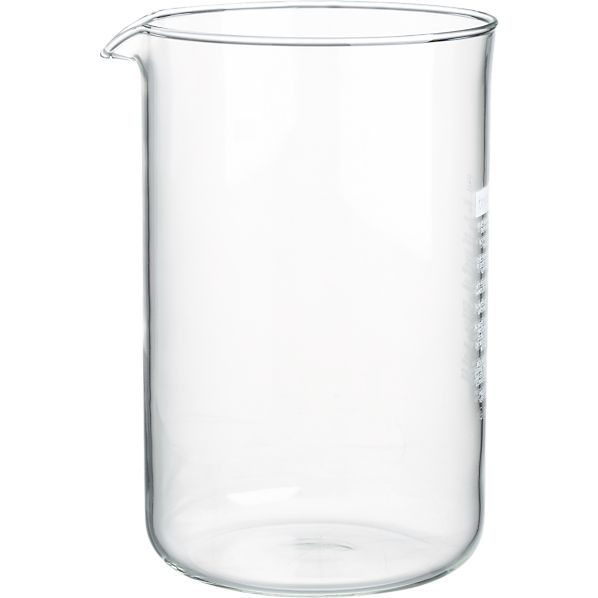Anyone tried this with anthocyanins? They're very expensive and have poor bioavailability... might be a good way to get all the benefits for a fraction of the cost...
great question I was wondering the same thing myself. Although I'm not sure why you call anthocyanins very expensive, grape seed extract is pretty inexpensive and you can find grape seed extract supplements at 90% – 95% anthocyanins
I neglected to say that I was talking specifically about blueberry anthos as opposed to bilberry or grape seed. Those two have caused me a slight irritation to my eyes at more than minimal dosing, so while I do take a little bit of them, I avoid larger doses. Blueberry anthos however are great for skin. Most things in my regimen cost me under $0.05 per serving... blueberry anthos (or even some others) costs $0.45/day... the only stuff that's more expensive are Astragaloside IV which I get for $0.74/day... maybe a few cents more for the enteric capsule I put it in or the Chitosan and Bioperine that I take to increase it's activity. Oh and Nicotinamide Riboside is $1.24 - 1.33/day or more depending on the brand and quantity that you buy... I cut that one out of my budget. Calcium Threonate is $1.27/day, and tocotrienols are $0.41/day.
G/C is about $0.20/day and the highest grade premium fish oil is $0.17 and $0.21 for 5-Loxin.
Though this study review seems to argue that they are more bioavailable AND are enterohepatically recycled.
https://www.ncbi.nlm...pubmed/26772410
So maybe they are just going to be expensive. However they are growing anthocyanin extracts in everything from carrots to potatos now, so there is a strong potential to increase production capacity of blueberry equivalent anthocyanins and substantially reduce the cost considering it takes a year for a blueberry plant to yield a measly crop whereas potatoes, rice, corn, goji, tomatoes, and even carrots can produce during virtually any season and potentially generate enough product to have alot of other outputs, not to mention extending the number of climates we can plant them in.
But I'm getting off topic. Anything that's more than $0.15/day is pretty expensive. Cutting my costs on some of these more expensive powders with poor bioavailability would go along way to save me money. I love how high doses of BB25% improve skin and sight so quickly... I stopped taking them for a while and people who hadn't seen me in 6 months were wondering what happened to me!
But I'm getting off topic. Anything that's more than $0.15/day is pretty expensive. Cutting my costs on some of these more expensive powders with poor bioavailability would go along way to save me money.
Edited by YOLF, 08 December 2016 - 08:37 AM.
























































